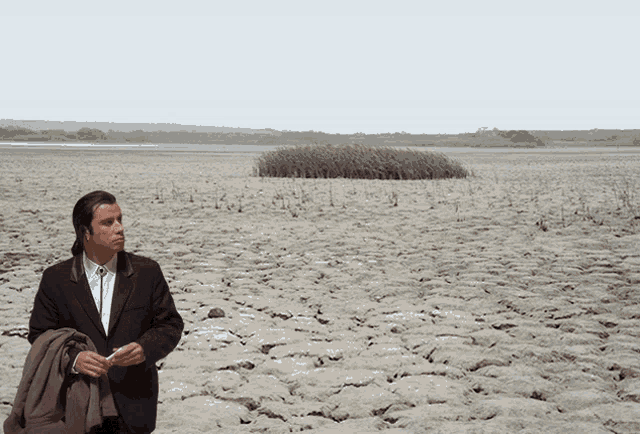Although all of the above are certainly issues, there is another that a lot of times is minimized / overlooked.
The analogy I like to use is to think of electricity as being water.
The cables and wires that deliver it to you are like pipes and hoses.
Batteries would be swimming pools.
Now think about a truck stop. Hundreds of swimming pools trying to be refilled at the same time. So lotsa water (electricity) is needed. The hose (cable) coming into the facility is only so big. It will only handle a certain volume (amps). You could increase the amount coming in by increasing the pressure (voltage), but you know what happens when you put more pressure in a hose than what it can handle. Cables are the same way - they'll fail.
So the solution is to install additional 'pipes' or increase the size of those pipes to handle the draw. The thing is, you can't provide any more volume than where the smallest restriction is anywhere along the way. So you could have the largest, bestest cables installed, but if anything 'upstream' is limiting it, it won't help.
Now multiply that by every house in a neighborhood drawing double the amps it is using now because there is a Tesla in the garage charging. Every truck stop like mentioned in the article. Every commercial business with a fleet of electric delivery trucks charging. Now picture the amount of overhead lines you see on utility poles while driving down the street. All the transformers hanging off of them, and the pad mounted transformers sitting in yards in underground fed residential (or commercial) developments.
Every single thing will need to be looked at and likely upgraded to handle all of this.
And that's assuming we have a big enough reservoir (generation) to start with to supply all the water....[/QUOTE like I said...ill conceived...
3
3
1
1
1

